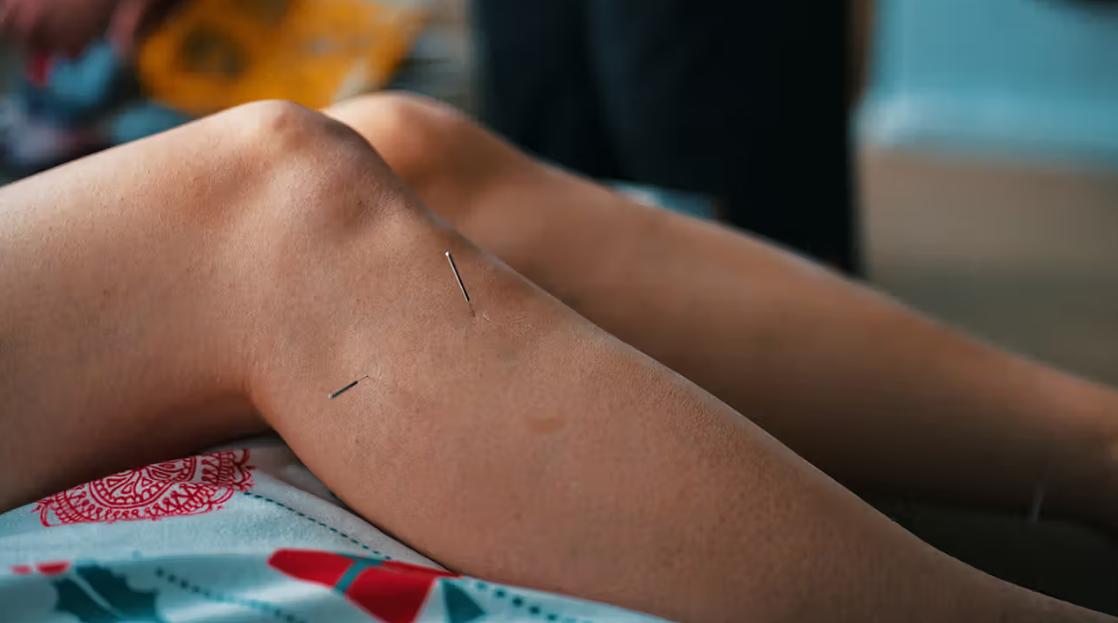Restless Legs Syndrome (RLS) is a neurological disorder that causes an irresistible urge to move your legs, often accompanied by uncomfortable sensations. This condition can interfere with daily life, especially when it disrupts sleep. If you suffer from RLS, understanding effective treatment options is essential to regaining control of your life.
Identifying Symptoms of Restless Legs Syndrome
The primary symptoms of RLS include an uncontrollable need to move the legs, especially when resting, and an unpleasant sensation often described as crawling, tingling, or itching. These symptoms are typically worse at night, making sleep challenging for many individuals. Recognising these symptoms early is the first step in managing the condition.
Exploring Lifestyle Changes for Relief
A key aspect of restless leg treatment involves making simple lifestyle changes. Regular exercise can improve circulation and reduce RLS symptoms. However, intense activity close to bedtime should be avoided, as it may worsen the condition. Additionally, maintaining a regular sleep routine and avoiding caffeine or alcohol before bed can help alleviate symptoms.
Stretching and Leg Massage
Gentle stretches and leg massages may provide immediate relief for some people. Stretching before bed can help relax the muscles and reduce the discomfort associated with RLS. A calming leg massage can also promote circulation and reduce muscle tension, which may lessen the severity of the symptoms.
Medication Options
In more severe cases, medication may be necessary to manage RLS. Dopamine agonists, iron supplements, and anticonvulsants are commonly prescribed. These medications work by influencing the brain’s chemistry to reduce the urge to move the legs. It’s important to consult a healthcare professional before starting any medication to ensure it’s appropriate for your specific needs.
Dealing with Leg Cramps Treatment
While restless legs and leg cramps are distinct conditions, both can cause significant discomfort, especially during sleep. Leg cramps treatment usually involves stretching, hydration, and proper nutrition. Sometimes, addressing underlying deficiencies like magnesium or potassium can help prevent cramps and improve overall leg health.
Seeking Professional Help
If lifestyle changes and home remedies do not provide adequate relief, it is important to consult a healthcare provider. A doctor may recommend further diagnostic tests or prescribe specialised treatments tailored to your needs. Managing RLS effectively often requires a personalised approach, which can make a significant difference in quality of life.
Conclusion
In summary, there are many approaches to effective restless leg treatment, ranging from lifestyle adjustments to medical intervention. By recognising symptoms early, adopting healthy habits, and seeking professional advice when necessary, you can reduce the impact of RLS and regain restful sleep.

